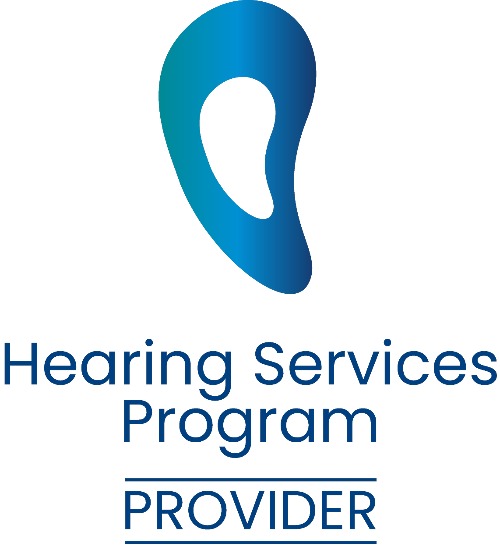Otosclerosis
What is Otosclerosis?
Otosclerosis is a form of bone overgrowth in the middle ear that causes progressive hearing loss. Other symptoms may include tinnitus (ringing in the ears) and dizziness.
The middle ear is separated from the outer ear by the eardrum, and contains tiny bones that amplify sound waves. Otosclerosis is characterised by the abnormal formation of bone within the middle ear that stops these tiny bones from vibrating. This causes a conductive hearing loss, because the sound waves can’t reach the inner ear.
The sense of balance may also be affected if the abnormal bone growth extends into the inner ear. Women aged between 15 and 30 years are most commonly affected by otosclerosis. The cause is unknown, but risk factors include family history and pregnancy. Treatment options include surgery or the use of hearing aids.
The structures of the ear
The middle ear contains tiny bones (malleus, incus and stapes) that pass sound waves to the inner ear. Sound waves are then changed into electrical impulses and sent to the brain via the cochlear nerve.
Otosclerosis most commonly affects the tiny bone known as the stapes.
Symptoms of otosclerosis
Otosclerosis tends to target one ear at first, but both ears are eventually affected. The condition doesn’t cause total deafness. The symptoms of otosclerosis include:
- gradual but progressive loss of hearing
- hearing may improve in noisy conditions
- sensations of ringing in the ears (tinnitus)
- dizziness
The cause of otosclerosis
The cause of otosclerosis is a mystery, but researchers have uncovered a number of risk factors including:
- Family history – otosclerosis tends to run in families, which suggests a genetic susceptibility or hereditary component to the disorder.
- Gender – women are more likely to develop otosclerosis than men.
- Pregnancy – susceptible women may develop otosclerosis during pregnancy.
- Osteogenesis imperfecta – this genetic disorder is characterised by abnormally brittle bones. People with osteogenesis imperfecta are at increased risk of developing otosclerosis.
- Non-fluoridated water – some evidence suggests that drinking non-fluoridated water may increase the risk of otosclerosis in susceptible people.
- Measles virus – there is some evidence that viruses may be contributory to developing otosclerosis and in particular, the measles virus.
- Unknown causes – some people develop otosclerosis even though they don’t have any of the known risk factors.
Diagnosis of otosclerosis
Otosclerosis is diagnosed using a number of tests including:
- Hearing tests – a person with otosclerosis typically has trouble hearing low frequency sounds.
- CT scan
- MRI scan
Treatment for otosclerosis
Treatment may not be needed until the degree of hearing loss is significant. Options may include:
- medication – some studies have suggested that taking fluoride, calcium and vitamin D supplements may help to slow the progression of otosclerosis. However, this treatment needs further research before it can be confirmed.
- hearing aid – to boost hearing.
- surgery – the affected stapes is surgically removed and replaced with a prosthesis or artificial stapes (stapedectomy). A successful operation can correct conductive hearing loss of otosclerosis.
Self-care after stapedectomy
After surgery, it is important (particularly in the early postoperative phase) to protect the structures within the ear from infection, pressure and noise to reduce the risk of complications.
Be guided by your surgeon, but general suggestions include:
- Avoid blowing your nose.
- Avoid cold temperatures.
- Reduce your risk of upper respiratory tract infections by avoiding sick people.
- Avoid changes in air pressure (air travel or scuba diving).
- Avoid loud noises.
- See your doctor promptly if you experience ear pain, dizziness or fever, as these symptoms could indicate an infection.
The information on this website is not intended to be a substitute for professional clinical advice. Diagnosis and treatment of a clinical condition can only be undertaken by a qualified health professional.
























